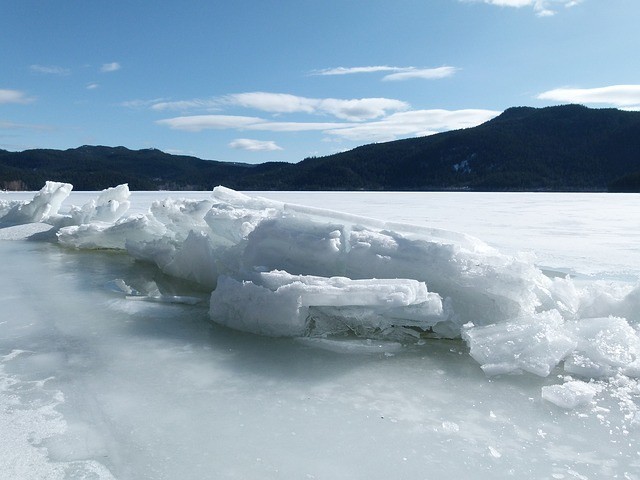
Analysis of Earth's orbit about its effect on global ice ages in the last two million years by scientists may have an answer finally.
It seems that wobble and tilts are connected to the spread of the ice sheets over an extended period. This study is concerned with how Northern Hemisphere ice sheets and their move in the early Pleistocene.
Movement of Ice Sheets
In a new study published on May 26, 2022, in the journal Science, a group of researchers from Cardiff University were able to determine how the tilt and wobble of Earth while circling the Sun, reported SciTech Daily.
Its orbit has affected the melting of ice sheets in the Northern Hemisphere over several million years.
Scientists have long known that changes in the geometry of Earth's orbit around the Sun induce the waxing and waning of humongous Northern Hemisphere ice sheets.
Obliquity and precession are two aspects of Earth's topography influencing ice sheet melting. The angle of the Earth's tilt as it orbits the Sun is why the season occurs in obliquity.
Precession is the wobbling of the Earth as it spins, comparable to a slightly off-center spinning top. Due to the sheer angle of this wobble, there are times when the Northern Hemisphere might be closest to the Sun, and sometimes the Southern Hemisphere can be closest; that happens every 10,000 years where one hemisphere will have relatively warm summers than another before shifting, cited by Science Daily.
However, before 1 million years ago, during one period known as the early Pleistocene, the timeframe of global ice age cycles was done solely by obliquity. Still, these ice age cycles were approximately 41,000 years long that were affected by the Earth's orbit.
Researchers have been bewildered for decades as to why precession did not perform a larger part in influencing ice age cycles throughout this period of two million years.
Tilting, Wobbling of the Earth
The Cardiff University study shows that precession had an influence during the early Pleistocene.
Analysis from intense summers, which are driven by precession, is why the ice sheets of the Northern hemisphere melted a million years in the past, it was dangerous because it was not a threat to the total collapse of ice sheets.
A lead of the Cardiff study, Professor Stephen Barker, stated these Pleistocene ice sheets in the northern hemisphere have been smaller than their more recent equivalents, and they have been confined to higher latitudes in which the effects of obliquity overshadowed the effects of precession, noted Verve Times.
Furthermore, this conclusion is the culmination of a significant effort to comprehend this observation taking 12 years of work. All done in the laboratory to process almost 10,000 specimens and new ways to analyze them.
We can finally end a long-standing paleoclimatology problem, contributing to the improved understanding of the Earth's climate system. He went on to say that advancing our understanding of Earth's climate interactions, even in the ancient past, is crucial if we hope to predict changes in the next century and far beyond.
Current changes may be man-made, but there is only one climate system, and it must be fully comprehended.
The Earth's orbit has directly influenced the global ice ages in the last two million years, and this has been analyzed to predict what happens next.
Related Article : Hyperthermal Warming Event on Earth Caused Mass Extinction Resulting in an Ice Age in the Past 300,000 Years Ago








